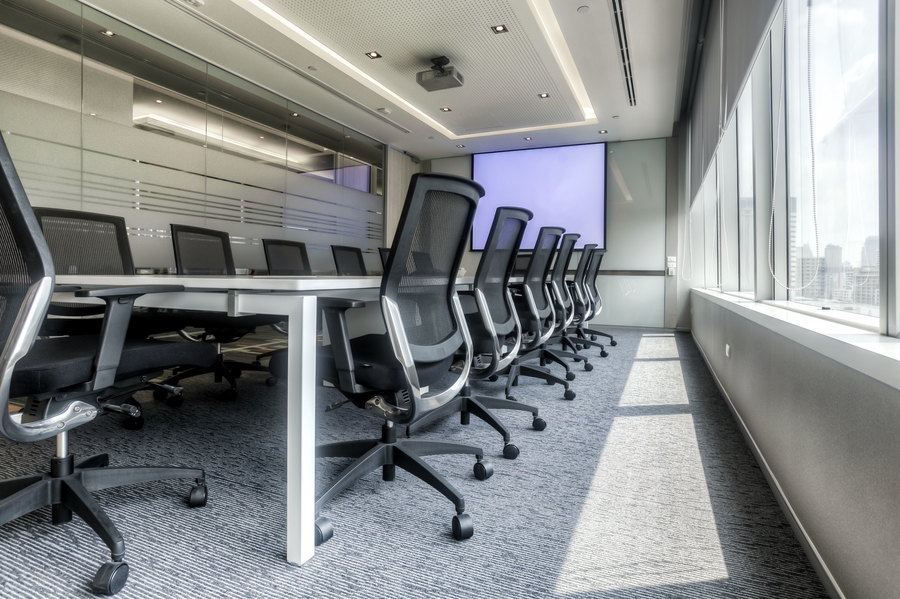One of the initial considerations when choosing a CCTV system is the type of cameras required. There are several varieties of cameras available, such as bulb cameras, bullet cameras, and PTZ (pan-tilt-zoom) devices. Dome cameras are often employed for indoor surveillance due to their discreet design, while bullet devices are more visible and are typically used outdoors. PTZ cameras provide the ability to zoom in on specific areas and can be controlled from a distance. Evaluating the specific environment and the locations that need monitoring will help decide which type of camera is most suitable.
Another important consideration to consider is the clarity of the cameras. Increased clarity devices provide sharper pictures, which can be essential for identifying individuals or details in a scene. Typical resolutions include standard definition (SD), elevated definition (HD), and superior resolution (UHD). While higher clarity devices may arrive at a increased price, they can considerably improve the effectiveness of a monitoring setup. It is also important to consider the lighting circumstances in the location being observed, as some cameras are better suited to manage dim conditions than others.
Recording options are also a critical aspect of CCTV setups. Video recordings can consume up a significant amount of space, so it is crucial to choose a system with adequate capacity capacity. Many systems offer online options, which enables for off-site access to recordings and can offer extra security in the event of theft or destruction to the physical storage. Alternatively, local options, such as digital video recorders (DVRs) or internet video recorders (NVRs), can go be employed. Understanding the capacity needs based on the quantity of cameras and the required retention duration for footage is vital for effective surveillance.
Lastly, the setup and upkeep of the CCTV setup should not be ignored. Expert setup can ensure that cameras are placed in optimal spots for maximum coverage. Additionally, routine maintenance is necessary to maintain the system operating effectively. This includes inspecting device angles, cleaning lenses, and making sure that programs is up to date. Some systems also offer off-site monitoring capabilities, allowing operators to view live footage from their smartphones or computers. This feature can offer reassurance and improve the general effectiveness of the security system.

In summary, selecting the ideal CCTV system involves thoughtful consideration of multiple factors, such as camera kinds, resolution, storage options, and setup. By understanding these elements, individuals and entities can select a setup that effectively satisfies their security needs. A well-planned CCTV setup not only assists deter crime but also offers valuable evidence when necessary, making it an important expenditure for safety and safeguarding.